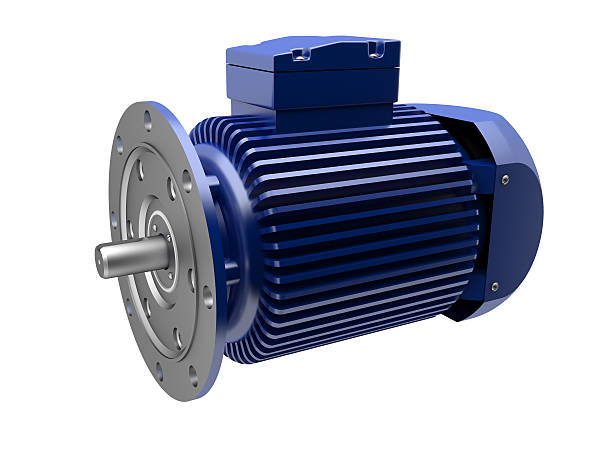Under the high and low-temperature environment, the device characteristics and indicators of the permanent magnet motor system change greatly, the motor model and parameters are complex, the nonlinearity and coupling degree increase, and the power device loss changes greatly. Not only the loss analysis of the driver and the temperature rise control strategy are complex, but also four-quadrant operation control is more important, and the conventional drive controller design and motor system control strategy cannot meet the requirements of a high-temperature environment.

The conventionally designed drive controller works under relatively stable ambient temperature, and rarely considers indicators such as mass and volume. However, under extreme working conditions, the ambient temperature varies in a wide temperature range of -70 to 180 °C, and most powerful devices cannot be started at this low temperature, resulting in the failure of the driver function. In addition, limited by the total mass of the motor system, the heat dissipation performance of the drive controller must be greatly reduced, which in turn affects the performance and reliability of the drive controller.
Under ultra-high temperature conditions, mature SPWM, SVPWM, vector control methods, and other switching losses are large, and their applications are limited. With the development of control theory and all-digital control technology, various advanced algorithms such as speed feedforward, artificial intelligence, fuzzy control, neuron network, sliding mode variable structure control, and chaotic control are all available in modern permanent magnet motor servo control. successful application.

Permanent magnet motors require a number of measures to withstand high temperatures in high temperature environments, and the following are some of the key considerations and techniques:
Material selection: First, it is critical to select materials with high temperature resistance. The solenoid wire insulation and motor slot insulation in the motor should be able to withstand high temperatures, for example, some materials can withstand temperatures up to 400°C at MAX. If the heat generated by the motor causes the temperature to exceed 500°C, materials with higher temperature resistance, such as ceramic insulation, need to be considered.
Insulation design: For high-temperature environments, the insulation design of the motor also requires special attention. For example, under high temperature conditions, the insulation layer of enameled wire may be damaged, so it is necessary to strengthen insulation measures to prevent accidents such as winding burnout.
Heat dissipation design: heat dissipation is a problem that must be considered for permanent magnet motors in high temperature environments. Due to the high temperature environment, the motor’s core loss, winding copper loss, rotor loss will increase significantly, resulting in increased motor temperature. Therefore, it is necessary to design an effective heat dissipation system, such as the use of special cooling environment or cooling conditions, to ensure that the motor can operate stably at high temperatures.
Control technology: With the development of control theory and all-digital control technology, a variety of advanced algorithms, such as speed feed-forward, artificial intelligence, fuzzy control, neuron networks, etc., have been successfully applied in the servo control of modern permanent magnet motors. These techniques help to improve the comprehensive control quality of the motor in high-temperature environments and realize highly robust drive control.
Modeling and analysis: In a high-temperature environment, the multi-physical field coupling relationship of permanent magnet motors becomes more complex, involving multiple physical fields such as electromagnetic field, temperature field, fluid field, and stress field. Therefore, methods such as numerical analysis and finite element analysis are needed to establish an accurate motor model, analyze the coupling relationship of each physical quantity and its dynamic change law, and provide theoretical support for the design of the motor.